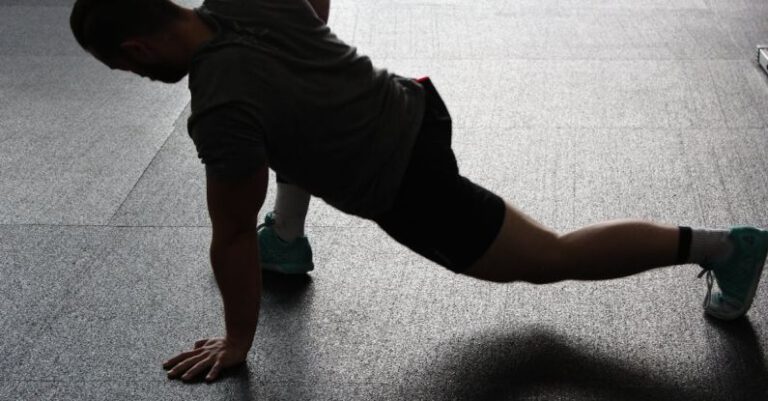
Overuse injuries are a common occurrence among individuals who engage in physical activities regularly. These injuries can range from mild discomfort to severe pain and can significantly impact one’s ability to continue with their usual exercise routine. Recognizing the signs of an overuse injury early on is crucial to prevent further damage and address the issue effectively. In this article, we will explore how to identify and manage overuse injuries to ensure a safe and healthy workout routine.
Understanding Overuse Injuries
Overuse injuries occur when repetitive stress is placed on a specific part of the body without allowing enough time for recovery. This can lead to inflammation, pain, and reduced mobility in the affected area. Unlike acute injuries that result from a single traumatic event, overuse injuries develop gradually over time and are often overlooked until they become a significant problem.
Common Types of Overuse Injuries
1. **Tendonitis**: Tendonitis is the inflammation of a tendon, which connects muscle to bone. It commonly affects the shoulders, elbows, knees, and ankles. Symptoms include pain, swelling, and stiffness in the affected area.
2. **Runner’s Knee**: Also known as patellofemoral pain syndrome, runner’s knee causes pain around the kneecap, especially when bending the knee or going up or downstairs. It is a common overuse injury among runners and athletes who engage in activities that involve repetitive knee movement.
3. **Shin Splints**: Shin splints are characterized by pain along the shinbone (tibia) and are common among runners, dancers, and individuals who participate in high-impact activities. The pain is often felt during or after exercise and can be sharp or dull.
Recognizing the Signs
It is essential to listen to your body and recognize the early warning signs of an overuse injury to prevent further damage. Some common symptoms to watch out for include:
– **Pain**: Persistent or sharp pain in a specific area, especially during or after exercise.
– **Swelling**: Swelling or inflammation in the affected area.
– **Stiffness**: Reduced range of motion and stiffness in the joints or muscles.
– **Tenderness**: Sensitivity to touch or pressure in a particular area.
– **Decreased Performance**: A decline in performance or inability to perform certain movements that were previously possible.
Addressing Overuse Injuries
1. **Rest and Recovery**: The first step in addressing an overuse injury is to give the affected area time to rest and recover. Avoid activities that exacerbate the pain and allow the body to heal naturally.
2. **Ice and Compression**: Applying ice packs and using compression bandages can help reduce inflammation and alleviate pain. Ice the affected area for 15-20 minutes several times a day.
3. **Physical Therapy**: Seeking the guidance of a physical therapist can help in designing a rehabilitation program tailored to your specific injury. Physical therapy can improve strength, flexibility, and mobility in the affected area.
4. **Modify Activities**: If a particular exercise or movement is causing pain, modify or avoid it until the injury has healed completely. Gradually reintroduce the activity once the pain subsides.
5. **Proper Technique**: Ensuring proper form and technique during exercise can prevent overuse injuries. Consult a fitness trainer or coach to correct any improper movements that may be contributing to the injury.
Incorporating Cross-Training
Cross-training involves incorporating a variety of exercises and activities into your routine to prevent overuse injuries. Mixing up your workouts can help reduce the repetitive stress on specific muscles and joints, allowing for more balanced strength and flexibility throughout the body.
Conclusion: Preventing Future Injuries
By listening to your body, recognizing the signs of overuse injuries, and taking proactive steps to address them, you can prevent future injuries and maintain a healthy and active lifestyle. Remember to prioritize rest, recovery, and proper training techniques to ensure a safe and sustainable workout routine. If you experience persistent or severe pain, consult a healthcare professional for a proper diagnosis and treatment plan. Stay proactive in managing your physical well-being to enjoy a fulfilling and injury-free fitness journey.





